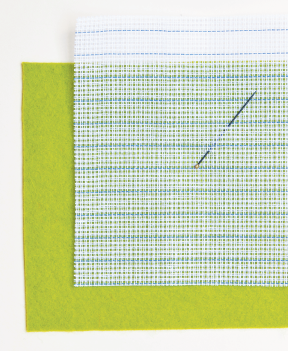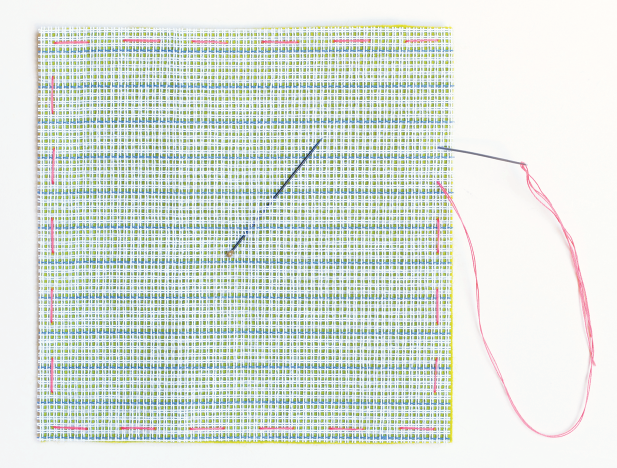Sophie Simpson (What Delilah Did) - Secret Garden Embroidery: 15 projects for your stitching pleasure
Here you can read online Sophie Simpson (What Delilah Did) - Secret Garden Embroidery: 15 projects for your stitching pleasure full text of the book (entire story) in english for free. Download pdf and epub, get meaning, cover and reviews about this ebook. year: 2015, publisher: Pavilion Books, genre: Home and family. Description of the work, (preface) as well as reviews are available. Best literature library LitArk.com created for fans of good reading and offers a wide selection of genres:
Romance novel
Science fiction
Adventure
Detective
Science
History
Home and family
Prose
Art
Politics
Computer
Non-fiction
Religion
Business
Children
Humor
Choose a favorite category and find really read worthwhile books. Enjoy immersion in the world of imagination, feel the emotions of the characters or learn something new for yourself, make an fascinating discovery.
- Book:Secret Garden Embroidery: 15 projects for your stitching pleasure
- Author:
- Publisher:Pavilion Books
- Genre:
- Year:2015
- Rating:3 / 5
- Favourites:Add to favourites
- Your mark:
Secret Garden Embroidery: 15 projects for your stitching pleasure: summary, description and annotation
We offer to read an annotation, description, summary or preface (depends on what the author of the book "Secret Garden Embroidery: 15 projects for your stitching pleasure" wrote himself). If you haven't found the necessary information about the book — write in the comments, we will try to find it.
Stitch your very own horticultural haven with What Delilah Did. Step into Miranda Merriweathers magnificent secret garden, where lucky clovers grow in spades and the towering tulips reach six feet tall. This whimsical collection of botanical-inspired needlework projects will take you from budding novice to confident stitcher as you explore a variety of simple counted embroidery techniques. Bursting with colour and filled with designs to suit a range of abilities, you neednt be green-fingered to recreate a slice of this magical rural retreat in your own home. Keep your eyes open for beautiful Lacewing Butterflies, Arbour Alphabet Flags, a super-sweet Milk and Honey Bee and a naughty little Early Bird called Gerald who is guaranteed to brighten up your summer. Projects are design-led, practical and colourful, and many can be completed within a weekend. The style is light and folksy but still retains What Delilah Dids signature pared-down and stylish aesthetic. Materials are high quality, with an emphasis on texture and sophisticated colours. Florals play a large part, but are beautiful and modern rather than flouncy, ranging from folky to botanical in style.
Sophie Simpson (What Delilah Did): author's other books
Who wrote Secret Garden Embroidery: 15 projects for your stitching pleasure? Find out the surname, the name of the author of the book and a list of all author's works by series.

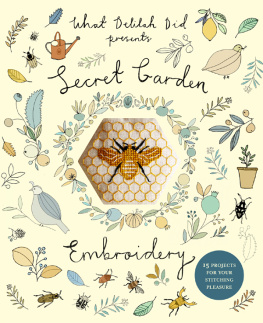
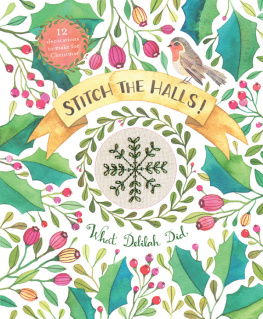
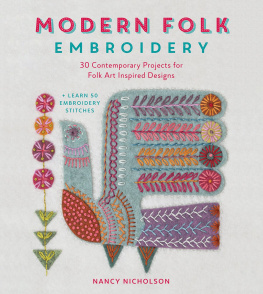
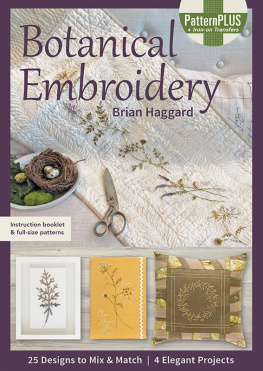
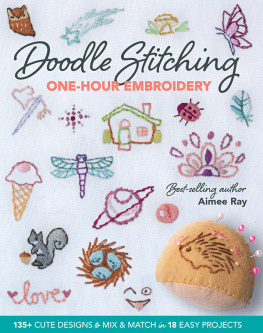
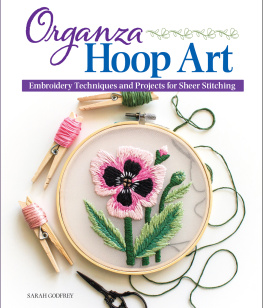
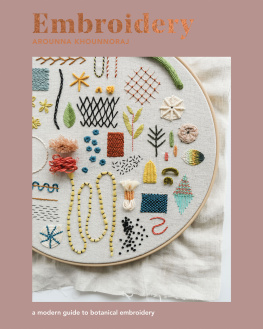
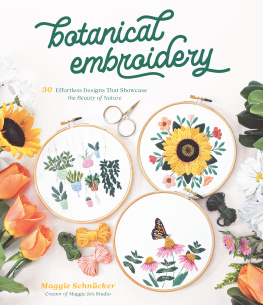

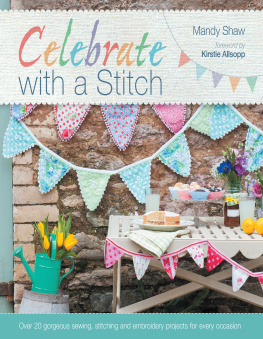








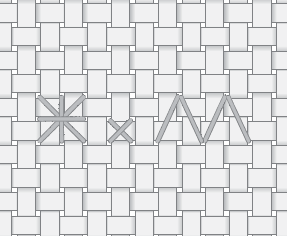
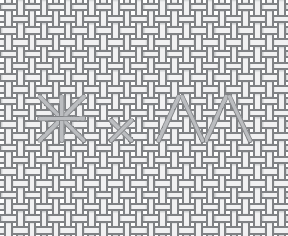
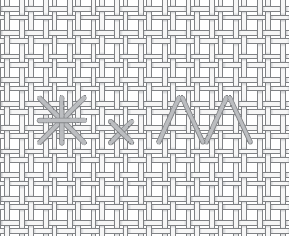
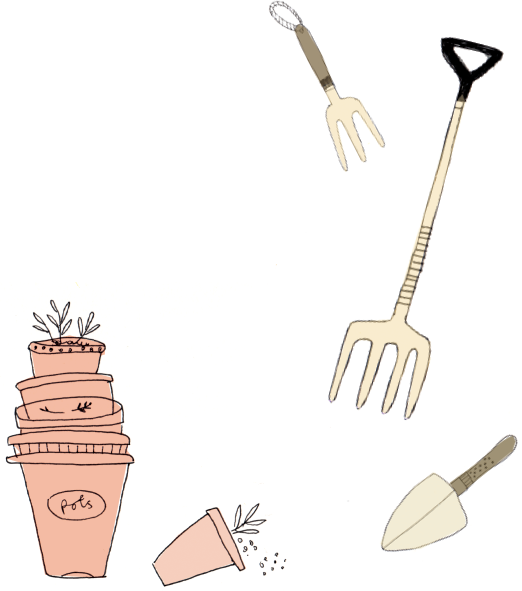
 in+) 100% wool felt in the lists of required supplies because it must be strong enough to support the stitches and withstand the strain of removing waste canvas. If you use a wool-viscose mix or acrylic felt, it will not hold your embroidery well and it is likely to shrink significantly and lose shape when the canvas is removed. It is easy to source 100% wool felt, especially online (see ).
in+) 100% wool felt in the lists of required supplies because it must be strong enough to support the stitches and withstand the strain of removing waste canvas. If you use a wool-viscose mix or acrylic felt, it will not hold your embroidery well and it is likely to shrink significantly and lose shape when the canvas is removed. It is easy to source 100% wool felt, especially online (see ).
